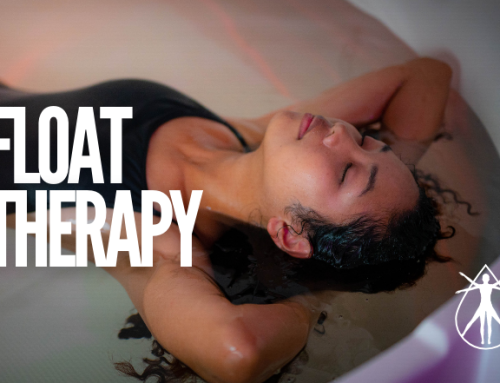With restrictions easing and the allotment of more outdoor time, you may have found yourself increasing the amount of exercise you usually do. While this is terrific for your health and social life, if exercising with friends, a fast increase in the intensity and amount of exercise can leave you feeling sore and tired if you don’t take the time to recover from exercise properly.
This is where floatation therapy comes in. Floatation therapy is popular among elite athletes for several reasons and well-known athletes such as Steph Curry, Tom Brady, Michael Phelps, Wayne Rooney, Jon Olsson, Carl Lewis, Lennox Lewis and Novak Djokovic use floatation therapy to improve their performance. You don’t have to be an elite athlete to benefit from floatation therapy; below are the top five physical benefits of float therapy that help the elite and non-elite get the best out of their physical bodies.
1. Reduces lactic acid build-up
When you exercise at a strenuous rate, such as lifting heavy weights, it requires energy production faster than your body can sufficiently deliver oxygen. This means you will start to produce energy anaerobically (without oxygen) to carry out the exercise successfully. Over time, your body creates lactate in the absence of oxygen, resulting in sore muscles, fatigue, and acidity in your muscle cells. It is the dense concentration of the Epsom salt solution in a floatation tank, that creates the unique anti-gravitational effect that helps to improve blood flow to the extremities and thus flush out the lactic acid and toxins that can build up after training.

2. Aids in the healing of injuries
Again, the antigravity effect of floatation therapy relieves tension in the body and allows your muscles to relax fully. This takes the pressure off your spine, central nervous system, giving your joints and tendons a reprieve and improves blood flow to the extremities. This will allow any soft tissue or joint issues to recover and speed up the healing process.
3. Improves sleep
Floatation therapy allows you to access a deeper level of relaxation, helping the body and mind to get a better quality of sleep that improves recovery. The tank also has a high concentration of magnesium solution in the water, which increases GABA in the body, a neurotransmitter that promotes sleep. You will feel the benefit of floatation therapy even after you leave the tank.
4. Stress relief
Floatation therapy reduces the production of stress hormones in your body. One of these hormones is cortisol which is produced during exercise. If you have been feeling a little more highly strung despite getting outside and exercising, this could be due to the increase in cortisol and stress that your body is undertaking. Give back to your body with float therapy to help reduce cortisol and stress levels.
5. Allows for faster recovery from training
With the reduction in the lactic acid build-up, recovery from injuries, a better night’s sleep and a decrease in stress levels, it is no wonder that floatation therapy allows for faster recovery from training and general exercise. Athletes will always try to get an edge over their competitors. When everybody is training hard, the small advantages come down to one’s ability to recover from stress and training.
So if you are finding that you are feeling fatigued, have sore muscles or increased stress levels after increasing your exercise during lockdown, give back to your body through floatation therapy. Adaptation comes from stress and rest, and we often forget about the rest portion in a busy and hectic world. If you are enjoying your exercise and want to continue with your regime long after the lockdown, add regular floatation therapy sessions to your week so you can exercise sustainably and happily.




